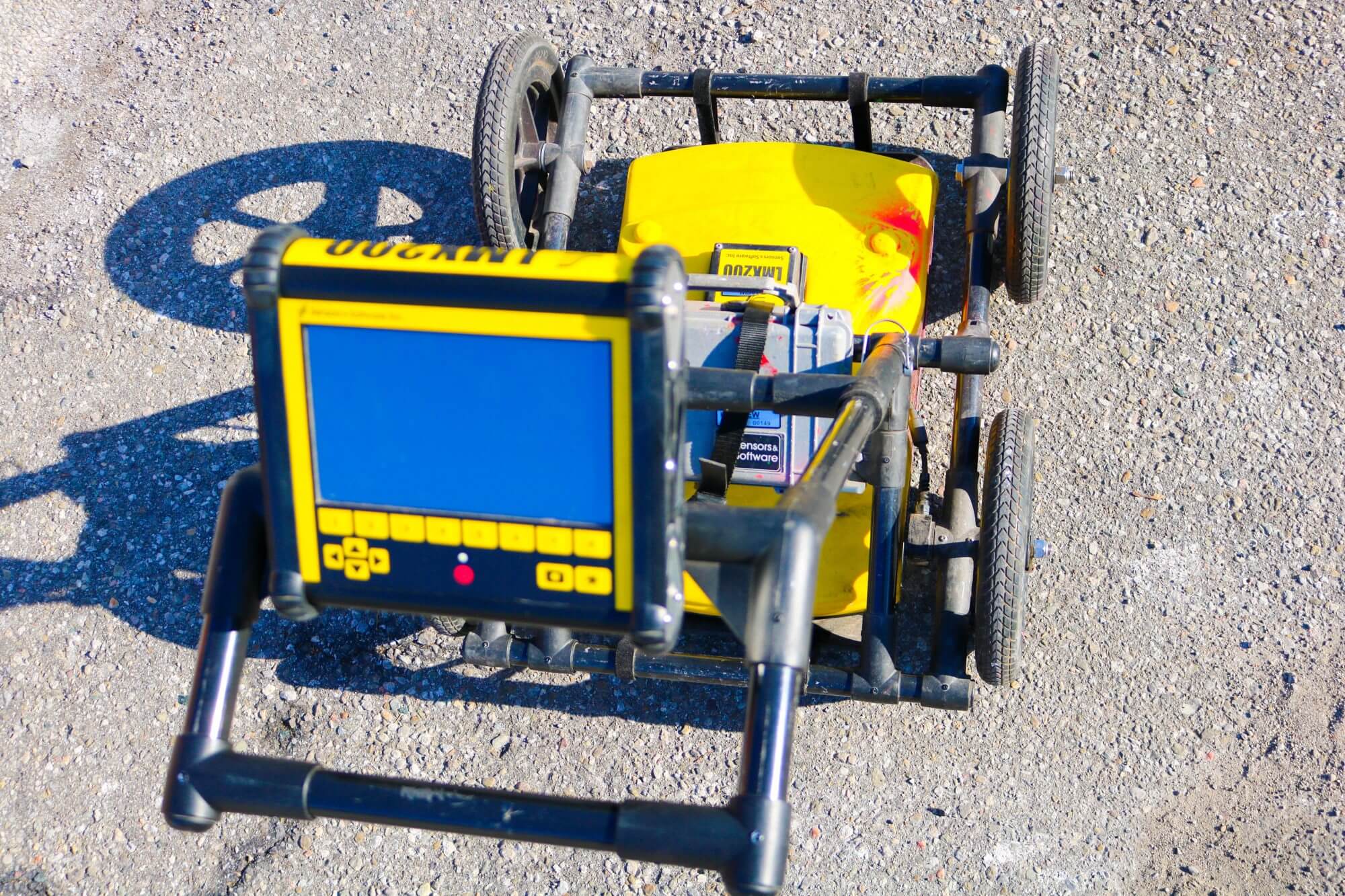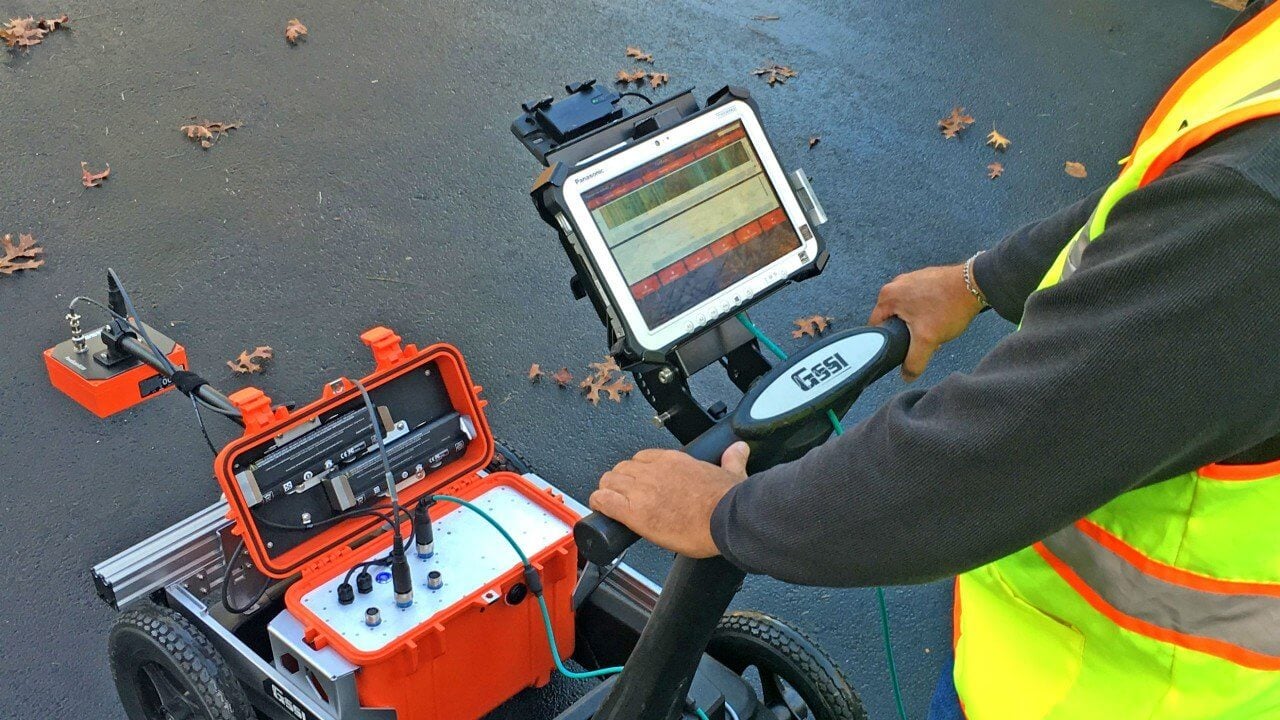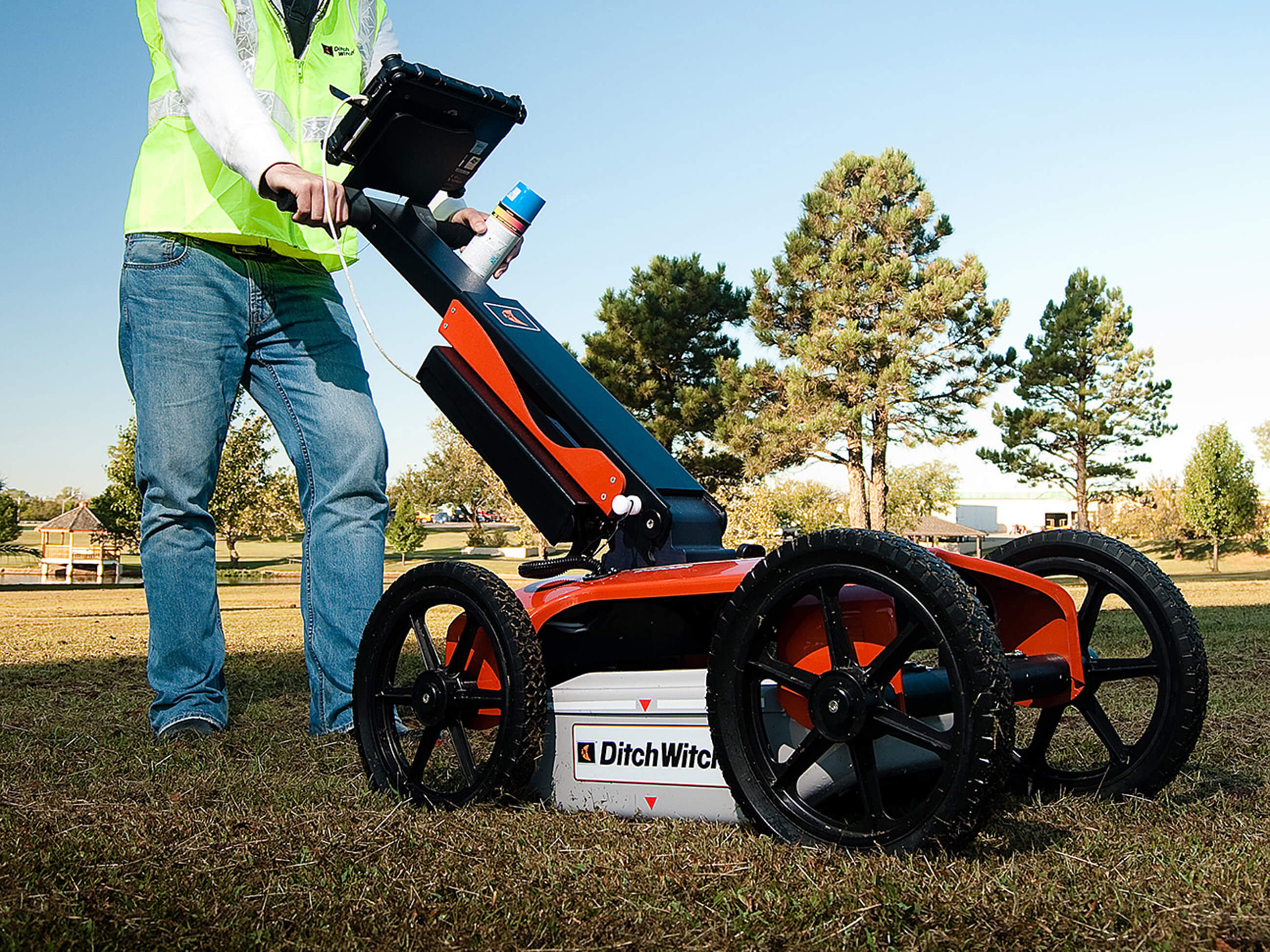An Introduction to Ground-Penetrating Radar (GPR)
In the world of geophysics, ground-penetrating radar is a special technology that is used to locate objects that are buried underground without having to dig down into the soil or dirt. It is commonly used for locating underground utilities like gas lines, water or sewage pipes, telecom or fiber-optic cables, and electrical cables.
This method works by sending radar pulses of electromagnetic energy into the ground. A special device monitors the signal that is reflected back, using the information it gathers to map the location of objects or structures underground.
GPR technology is currently being used throughout the world by cities, civil engineers, architects, professional surveyors, and others. Its popularity can be attributed to the benefits that it provides.

A Non-Destructive Solution
Ground-penetrating radar eliminates the need to dig down into the ground. That means that the surrounding area doesn’t need to be damaged to determine where utilities are buried.
Mapping buried utilities using a GPR survey provides incredibly accurate results while at the same time reducing a lot of the problems associated with traditional utility location methods. This technology not only eliminates the need to damage the surrounding area by digging up the dirt but it also keeps disruptions to a minimum. The information that is gathered can be used when planning projects involving utilities since it provides details about both the depth and location of existing underground services.

Capable Of Detecting Non-Metallic And Metallic Items
Unlike metal detectors, which can only detect metallic objects, GPR can also be used to locate non-metallic underground utilities.
It is capable of locating objects that are made out of ceramic, concrete, plastic, fiber-optic, or other non-metallic materials. It also can be used to identify areas where the soil has been disturbed or where there are empty spaces or culverts.

A Low-Cost Solution That Saves Time
Locating buried utilities using ground-penetrating radar decreases the likelihood of workers getting injured. Accidents involving buried utilities are far less likely to occur. This can help keep projects on track, saving both money and time.

Easy To Use
Today’s GPR machines are intuitive to operate, allowing anyone who is properly trained to use them for locating buried utilities. This makes ground-penetrating radar one of the best choices when it comes to utility mapping.
Continue reading:-

